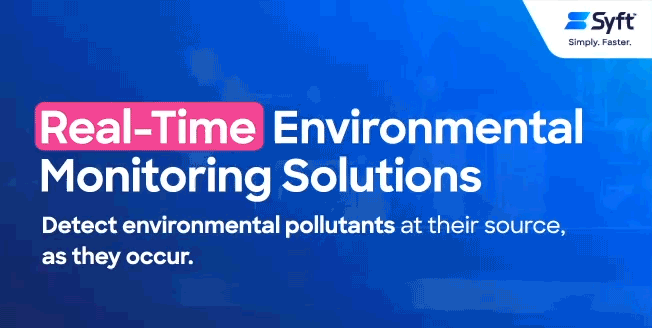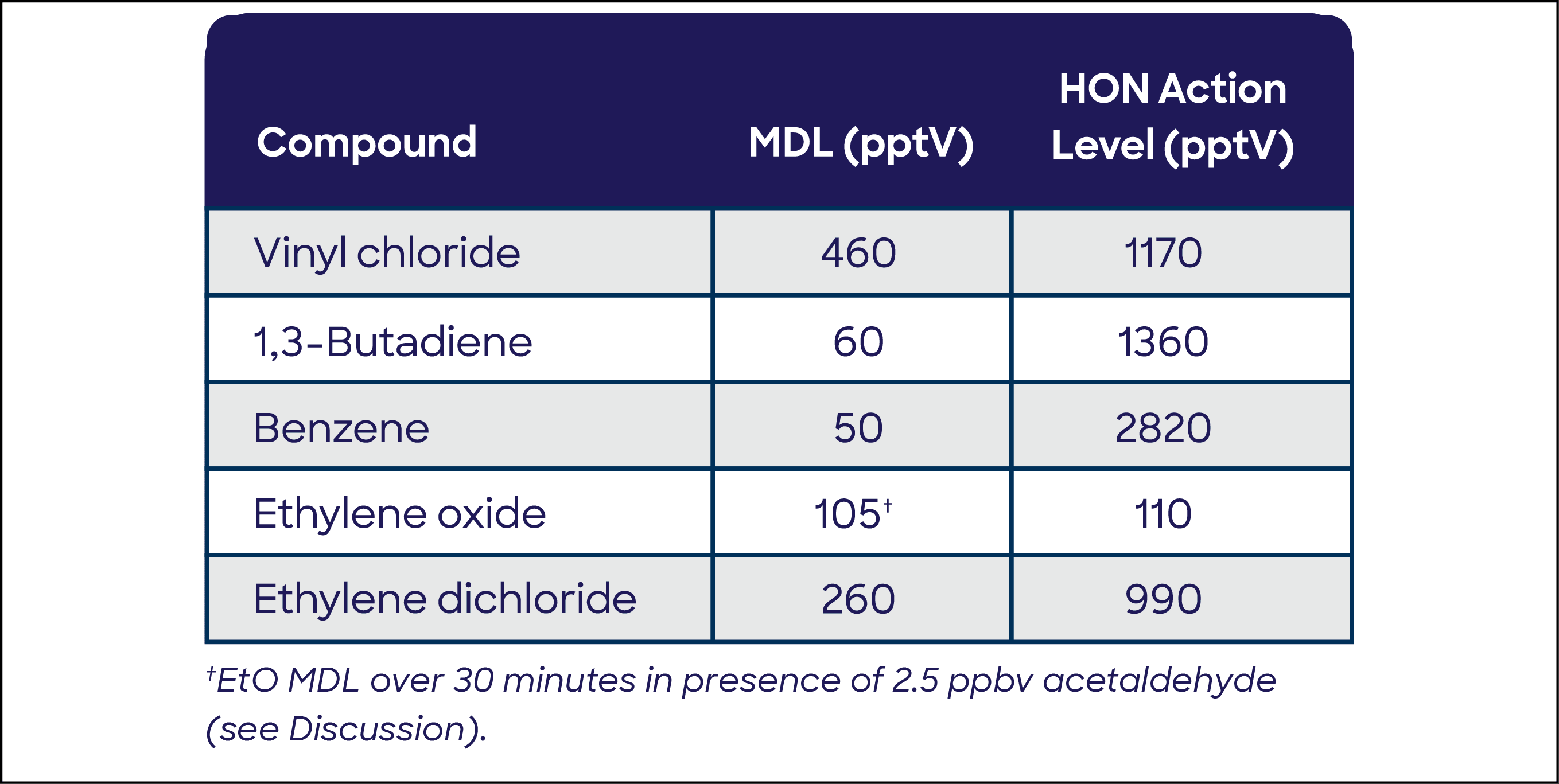
Method detection limits (MDLs) have been determined for the newly regulated HON (Hazardous Organic NESHAP (National Emission Standards for Hazardous Air Pollutants)) compounds, which validate selected ion flow tube mass spectrometry (SIFT-MS) as an effective solution for measuring these toxic volatile organic compounds (VOCs) and other environmental pollutants in ambient air, whether at the fenceline or in a mobile setting. SIFT-MS offers unparalleled speed, sensitivity and ease of use for environmental monitoring applications.

There are over 200 chemical plants in the United States producing chemicals that pose a significant cancer risk to nearby communities. These are known as HON facilities. In January 2024, the US Environmental Protection Agency (EPA) enacted a rule mandating fenceline monitoring of six toxic VOCs produced by these facilities: ethylene oxide (EtO), chloroprene, benzene, 1,3-butadiene, ethylene dichloride, and vinyl chloride. Action levels for these compounds, established by the new regulations, are thresholds for annual average air concentrations; if these levels are exceeded at the fenceline, facilities must identify and address the pollution source to effectively manage hazardous emissions.
SIFT-MS offers real-time, direct monitoring of VOCs and inorganic compounds in air. SIFT-MS has been adopted by governmental agencies and industry worldwide for environmental monitoring. For example, the South Korean government agencies have relied on SIFT-MS for years to monitor toxic VOCs at both federal and state levels (Langford et al. (2023a)). Recently, the US EPA has also adopted SIFT-MS for use in mobile laboratories across real-time mobile monitoring applications.





